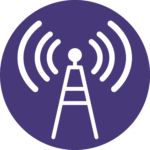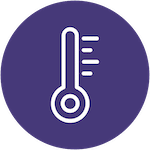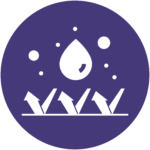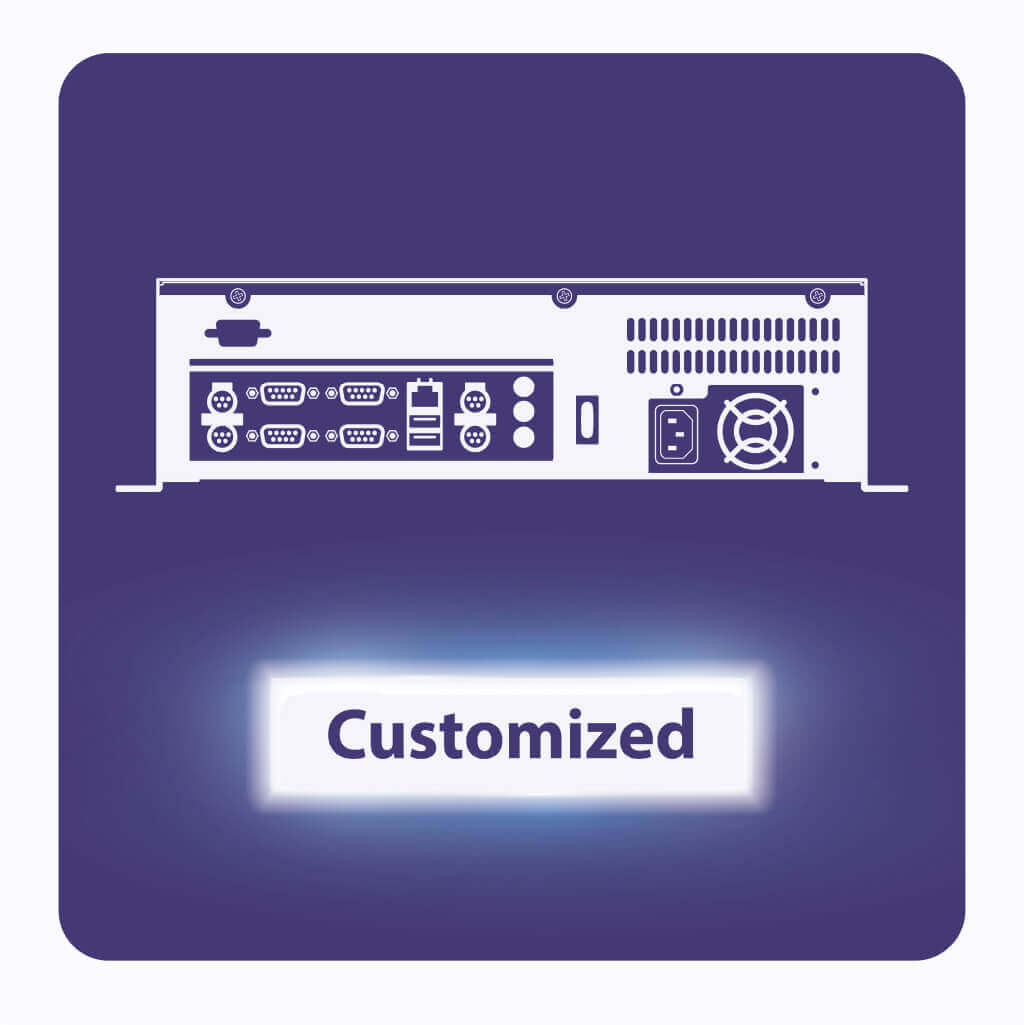


Energy is the driving force behind the development of the modern economy, society, and civilization/way of life. Along with the increasing demand and the rise of environmental awareness, the development of the energy industry has also undergone major changes. More innovative and efficient conventional energy production has gradually emerged, in manner that more precise and accurate control systems are needed, and the emergence of renewable energy has brought even more significant impact and changes. The environment for the renewable energy source is relatively harsh, under severe conditions like thunderstorms, long-term exposure to the sun, and strong sea winds. Compare with the conventional generating units, the system management control for continuous monitoring, energy storage, terminal automation, gauge sensors, etc. all optimized in an interconnected control system to maximize energy production and minimize production losses.

To reduce the loss of energy and to provide accurate system control, the gathering of information from the power grid is essential.

Renewable energy generating units are located in severe environmental conditionals, to secure the operation, the control box needs to provide wide temperature support to ensure normal operation of the unit.

Renewable energy generating units are often deployed in outdoor spaces. The unit must be waterproof and dustproof to operate for years to come.

Portwell’s Embedded Motherboard Creates a Solution for Collecting and Transmitting Energy Extraction Data Project Background: This project focuses on developing oil and gas extraction gateways that facilitate the collection and transmission of data to the cloud for high-performance digital monitoring. [Read more]
Wind turbines can be divided into onshore and offshore types. Although the technical difficulty of onshore wind turbines is relatively low, they face more community residents’ protest against noise pollution. Combining with the advantages of stable and strong offshore winds, more and more countries have devoted to the development of offshore wind farms.
However, offshore wind turbines also face many challenges, including severe high and low-temperature environments, salt spray erosion, remote monitoring and maintenance (power failure and reboot), etc. With the high cost of wind turbines, it is necessary to carefully control the speed to ensure the safety of the turbine fan against strong winds despite the need for maximizing production. All these control data rely on the information collected from the farm.
To accomplish this, Portwell introduces PCOM-BA00 for optimizing and achieving the best efficiency. Combining with the customized carrier board and chassis, the lightweight compact size is integrated into the nacelle
In order to resist the strong offshore wind and harsh operating environment, the chassis body is coated with trivalent chromium and IP65 design fully resistant to salt spray and has passed the industry standards and regulations of EMC IEC 61326-1 to ensure stable operation.
To collect the wind speed data, the system connects the wind speed sensor module through the CAN Bus. This information can be sent to the control center for further analysis and intelligent decision making.

With the sufficient experience in IPC discipline and different applications, Portwell has the ability with customized carrier board design and manufacture. If you have relevant inquiry, please contact your sales representative.

To help our customers with system level product integration, Portwell has the ability with customized chassis under different environment. If you have relevant inquiry, please contact your sales representative.
To provide the best experiences, we and our partners use technologies like cookies to store and/or access device information. Consenting to these technologies will allow us and our partners to process personal data such as browsing behavior or unique IDs on this site and show (non-) personalized ads. Not consenting or withdrawing consent, may adversely affect certain features and functions.
Click below to consent to the above or make granular choices. Your choices will be applied to this site only. You can change your settings at any time, including withdrawing your consent, by using the toggles on the Cookie Policy, or by clicking on the manage consent button at the bottom of the screen.